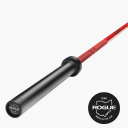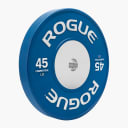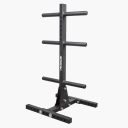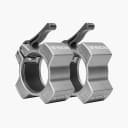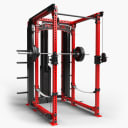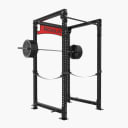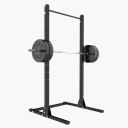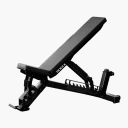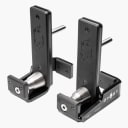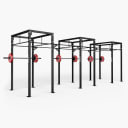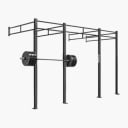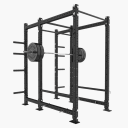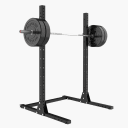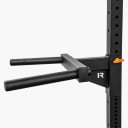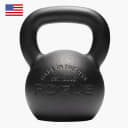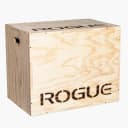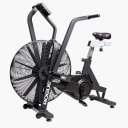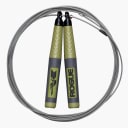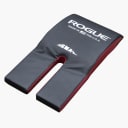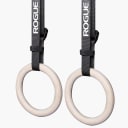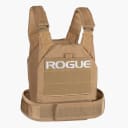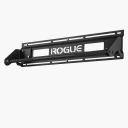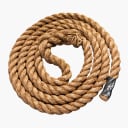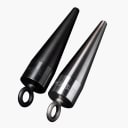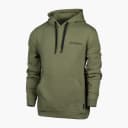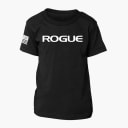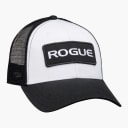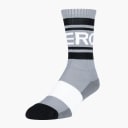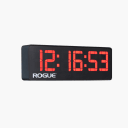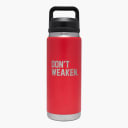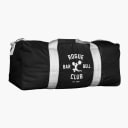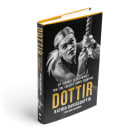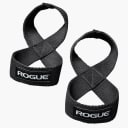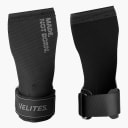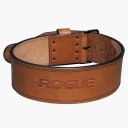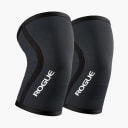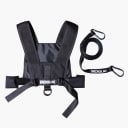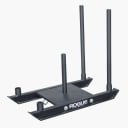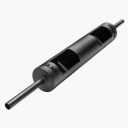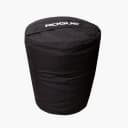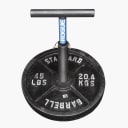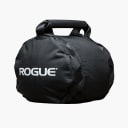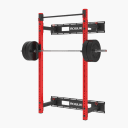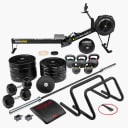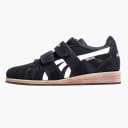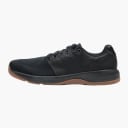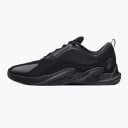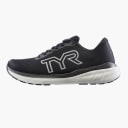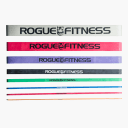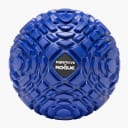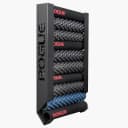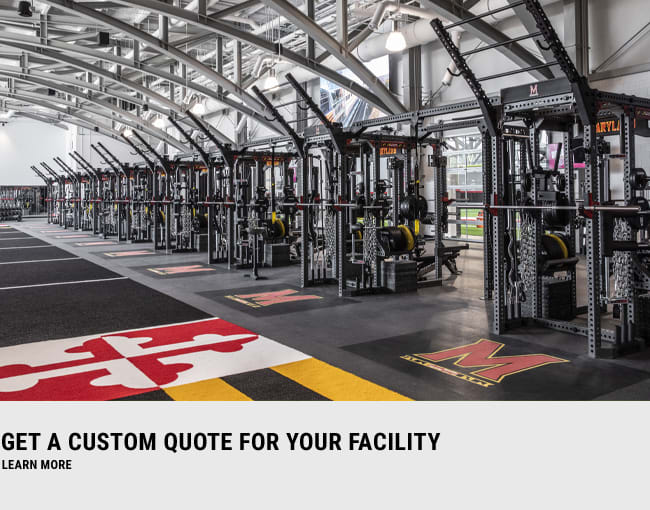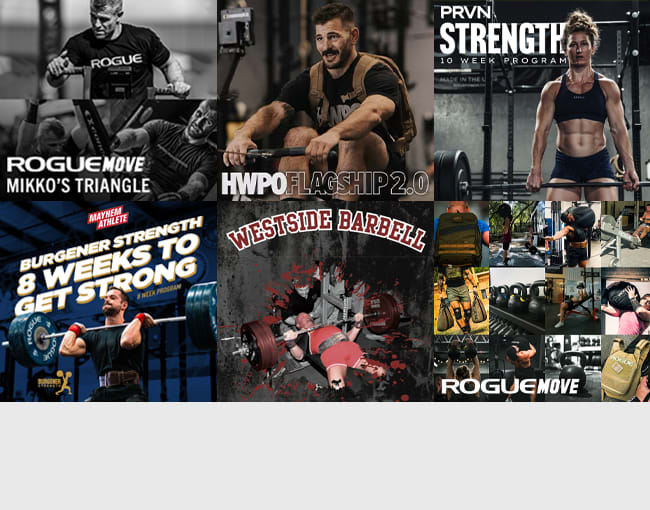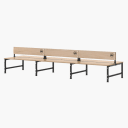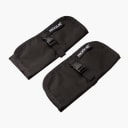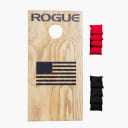Why Every Athlete Can Benefit from the Safety Squat Bar
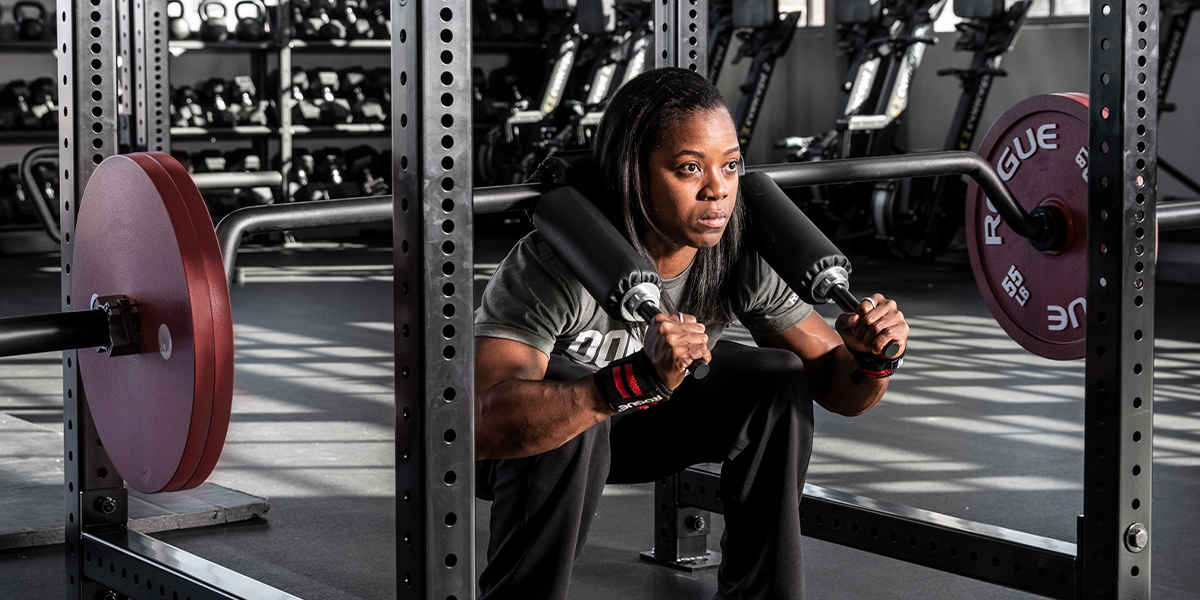
The Rogue SB-1 Safety Squat Bar is one of the most versatile specialty bars in the Rogue arsenal, and it’s not just for powerlifters. Whether you’re building raw strength, rehabbing an injury, or just learning the basics of squatting, this bar is designed to support better posture, reduce strain on the shoulders, and build serious lower body strength.
What Makes the SB-1 Different?
Popularized by Louie Simmons and the Westside Barbell crew, the SB-1 features several unique design elements that set it apart from a standard barbell:
Cambered Design – The angled sleeves shift the weight slightly forward and lower, creating a different loading pattern that challenges your posture and core strength.
Padded Yoke – Thick shoulder and neck padding makes it comfortable under heavy loads.
Handles – No need to reach behind the shoulders—this bar allows for a neutral grip in front of the body, ideal for anyone with limited shoulder mobility.
Who Should Use the Safety Squat Bar?
In short, everyone. Here’s how different types of athletes can benefit:
Beginners: Learn proper squat mechanics without worrying about shoulder mobility or bar control.
Athletes with Shoulder, Wrist, or Elbow Issues: The front-facing handles reduce joint stress and allow a safer, more comfortable grip.
Rehabbing Athletes: The upright torso position and stability of the bar make it ideal for controlled squatting during recovery.
Power and Strength Athletes: Use it to build raw lower body strength or overload movements with bands and chains.
MMA & Contact Sports Athletes: Maintain safe shoulder positioning during strength phases before or after competition.
Movements You’ll See in Rogue Move Programming
Traditional Safety Bar Squats – Keep the handles neutral—don’t pull or push, and focus on maintaining an upright torso. This is a great squat option for beginners learning squat mechanics.
Box Squats – Set the box just below parallel and control your descent. Pause briefly, then explode off the box. Great for developing starting strength and control.
Anderson Squats – Start from the bottom of the squat using pins or safeties. Eliminates momentum, builds power from the hardest part of the lift, and strengthens sticking points.
Hatfield Squats – Hold the Squat Handles attached to your rack while the safety bar stays balanced on the shoulders. This variation allows you to squat heavier with upper body support, making it perfect for overload training or controlled depth work during rehab.
Single-Leg Variations – Walking lunges, Bulgarian split squats, and box step-ups are all excellent for building unilateral leg strength and improving coordination and balance.
Good Mornings – Train the posterior chain with controlled hip hinging. The cambered bar forces thoracic control and strengthens the glutes, hamstrings, and spinal erectors.
Yoke Carries – Simply walk with the bar loaded on your back. You can even add instability by hanging weights from bands. Great for core stability, posture, and anti-rotational strength.
The SB-1 Rogue Safety Squat Bar isn’t just for lifters with injuries—it’s a proven tool for building strength, refining technique, and training through a wide range of movements. Whether you’re a beginner, competitive athlete, or coach, this bar adds unmatched versatility to your strength training arsenal.
Related Links:
Rogue Move MMA Program
Rogue Move 1000LB Program
SB-1 Safety Squat Bar
Kabuki Transformer Bar
Rogue Move Squat Program
